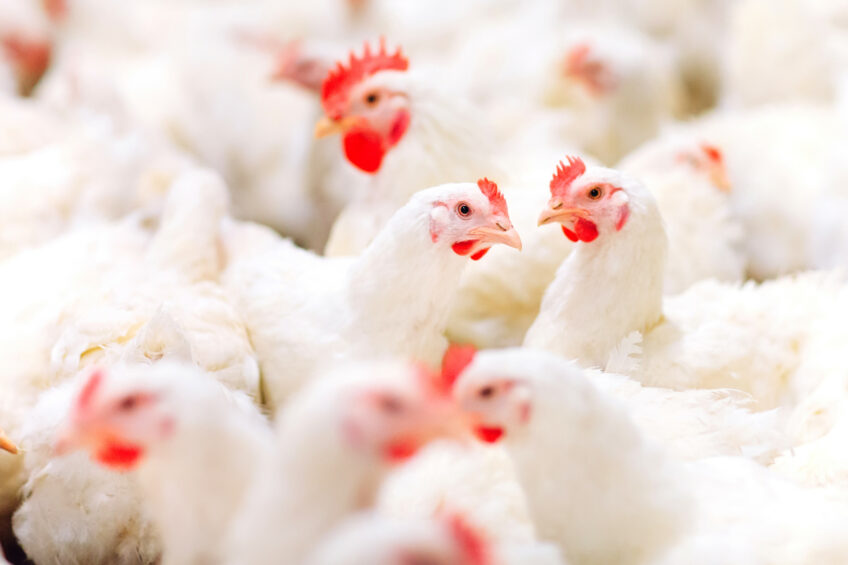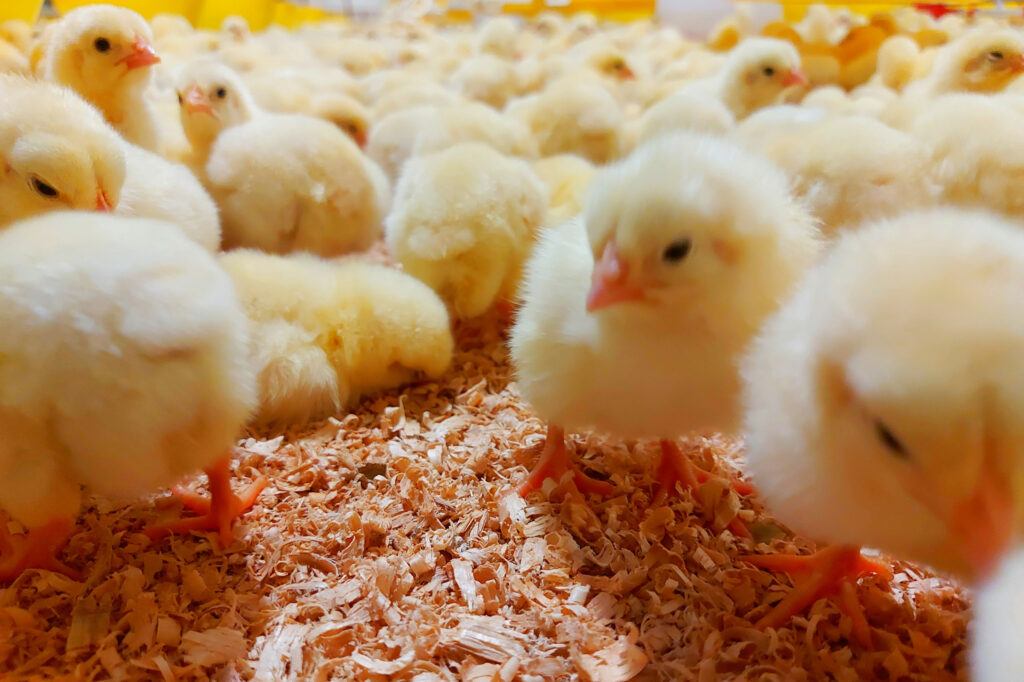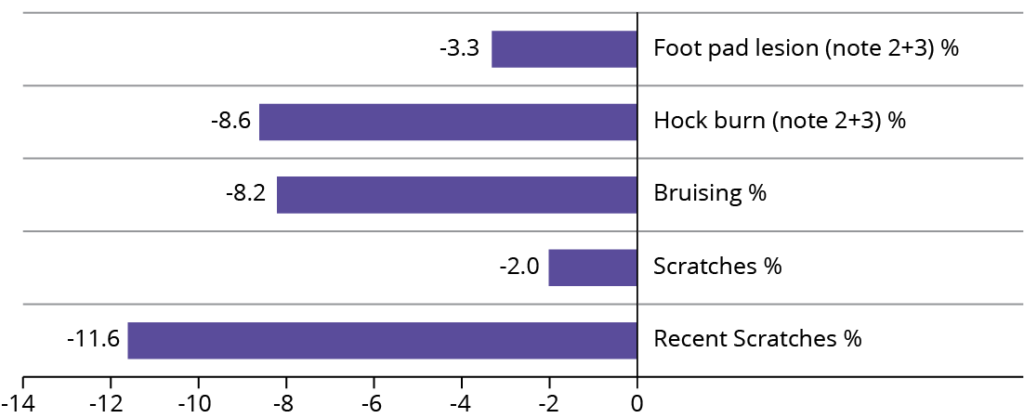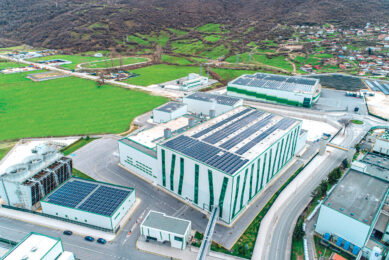Improving broiler skin quality with bis-chelated trace minerals

In the poultry industry, broilers have become one of the most popular breeds due to their rapid growth and efficiency in feed conversion. However, this accelerated production comes with certain challenges. Adding a bis-chelated trace minerals can improve the gut barrier function and support skin and footpad health.
WORLD OF MICROBES SPECIAL 2024 – read all articles
Intensive breeding systems, designed to maximise productivity, can lead to health issues in the chickens, including skin conditions. Trace minerals Zn, Cu and Mn will not alone solve all these issues, but their contribution should be considered in an action plan for improvement. These metals are essentially co-enzymes in many biological pathways. This is particularly true for the production of key proteins with a role in skin structural integrity like collagen, elastin, and keratin.
In a trial, Novus evaluated in large scale field conditions the impact of reduced supplies of Zn, Cu, and Mn with chelates of hydroxy analogue of methionine compared to standard commercial levels of inorganic sources on broiler production and carcass quality.

The trial was conducted in a French company specialised in running trials in field conditions. It was organised in a large scale broiler organisation in Brittany which produces birds with a target weight of 1.850 kg, killed at 35-36 days, and a feed conversion ratio of 1.75.
20 houses where selected and divided in two groups of 10 replicates. The first group received a feed with Mintrex bis-chelated trace minerals, and the second group received a similar feed with inorganic trace minerals. One flock from each treatment group was selected per week. Previous technical performances had to be similar for the two flocks of the same week and flocks with previously recurrent technical problems where discarded.
Figure 1 – Significant improvement in bruising and scratches during processing.

Results from trial
Homogeneity was significantly improved by more than 1 point in the Mintrex bis-chelated trace minerals treatment Table 1.
*CV of live weight measured on 400 birds in farms one day before slaughter
a,b: significant differences at P<0.05
Skin quality was significantly improved in the processing plant for bruising and recent scratches while other parameters also improved (Table 2 and Figure 1).
Complex multifactorial approach
Skin quality can be a major issue in broiler production, hampering economical return when too many carcasses are condemned or declassified. Solving these issues requires a complex multifactorial approach involving genetics, farm management, abattoir process, and nutrition.
In a large scale trial involving a broiler organisation, the substitution of inorganic Zn, Cu and Mn with lower levels of the same metal in the form of chelates of hydroxy analogue of methionine (as Mintrex bis-chelated trace minerals) allowed to significantly improve the birds homogeneity and the carcass quality at the processing plant.






